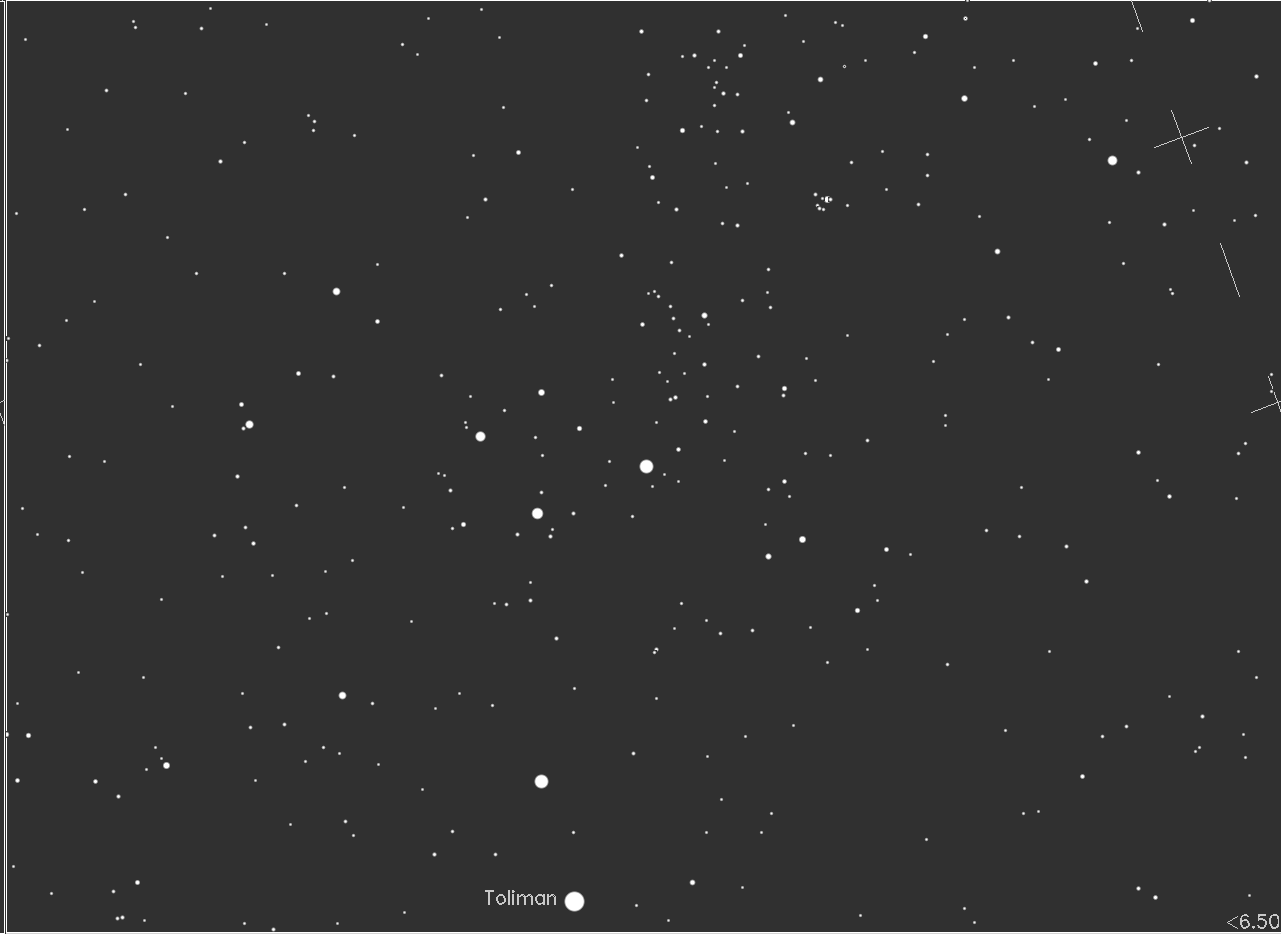







The maps are computed for clear-sky atmospheric extinction of starlight amounting to 0.25 mag in zenith, which corresponds to a rather transparent air. The limits given in the bottom right corner (the unit is omitted, it is called magnitude with a symbol mag) concern true amounts of light coming to the face of the observer from any of the faintest stars plotted. The scale is a queer astronomical one, when 0 mag corresponds to 2.5 µlm/m2, 1 mag to 1 µlm/m2 (microlumen per square metre) and 5 mag to o 2.5 nlm/m2 (nanolumens per square metre). Unpolluted sky enables that even stars illuminating your eyes by not more than 0.2 nlm/m2 may be seen. The real visibility of stars is limited by the actual luminance of the sky, which may be much increased over the natural value of 1/4 mcd/m2 due to artificial lighting. On extremely light-polluted sky, just some brightest stars may be visible, appearing faint to the eyes not adapted to the true darkness.